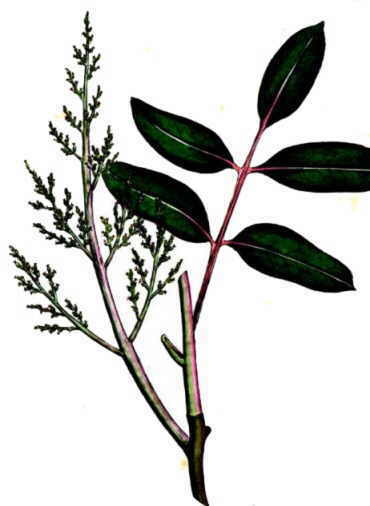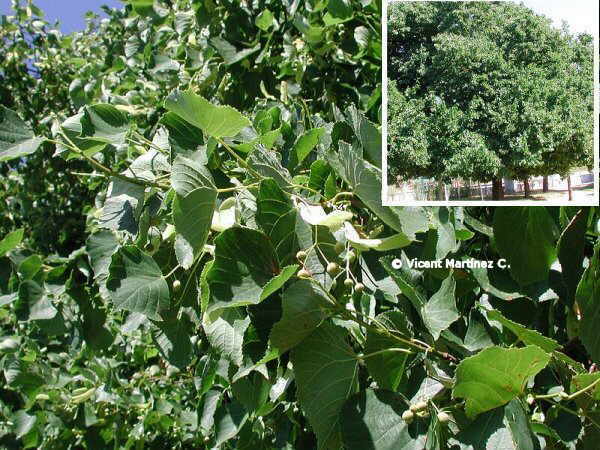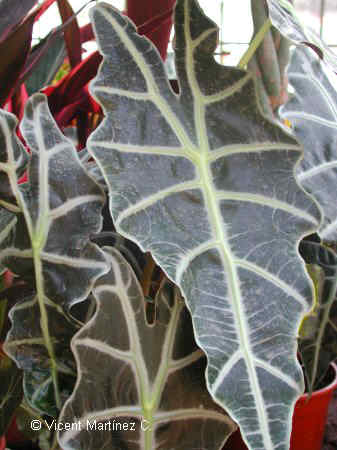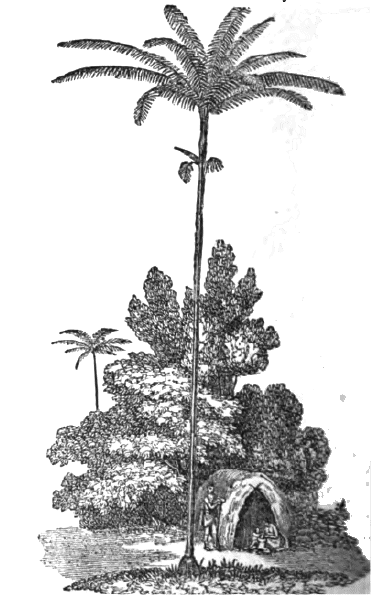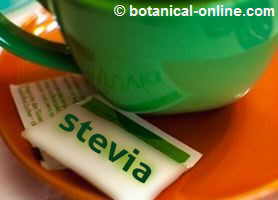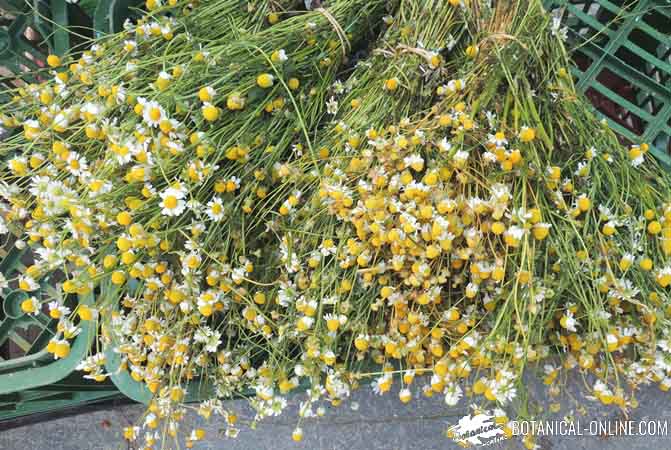Contents
¿What is a viper’s bugloss plant?
Characteristics of viper’s bugloss characteristics (Echium vulgare)
Common name: Bugloss, Viper’s grass, Viper’s bugloss, Blueweed, Snake’s flower
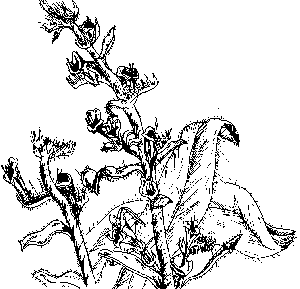
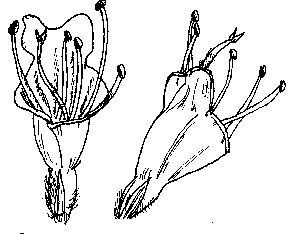
– Spanish: Viborera, lengua de buey, buglosa, borraja cimarrona, hierba cerruda.
Origin of the common name
The name “viper’s” is believed to derive from the shape of the flower’s corolla, reminiscent of the head of a viper. Due to this similarity, it was formerly considered a remedy against snake bites.
“Bugloss” or “ox tongue” refer to the roughness of the plant, covered with hairs, reminiscent of an ox tongue.
Scientífico name: Echium vulgare L.
Familiy: Boraginaceae
Habitat: it grows spontaneously on the edges of paths and highways, together with other plants that could be considered ruderal vegetation (type of humanized vegetation with the presence of many organic residues). Assiduous of calcareous lands.
Distribution: Europe, Asia, North Africa and America.
Plant description
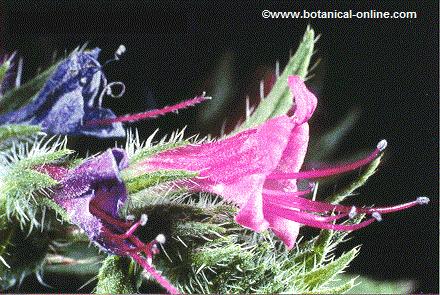
Viper’s bugloss is a biennial plant between 40 and 80 cm high that is mainly characterized by the fact that its stem is covered with sticky, rough and thick hairs.
The leaves of the plant are elongated and lance-shaped, sessile. The flowers, initially purple, later turn blue or violet. These have a tubular or fundibuliform shape that widens towards its end.
The presence of five stamens longer than the corolla is very characteristic of this flower (see illustration on the right, and real photograph below). It blooms from June to July.
The fruit is a four-angled achene, with four seeds inside.
Collection and conservation
It should be collected before flowering or shortly after flowering, mainly during the months of April to July. In case of collecting the wild plant, it is recommended to read the following rules for collecting wild plants.
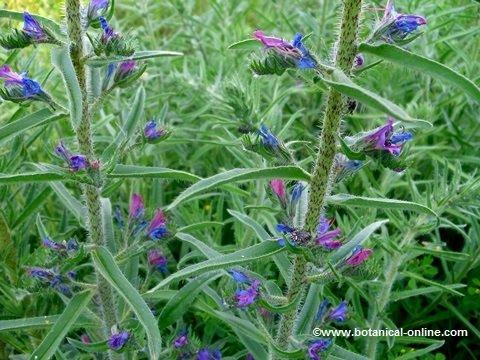
Used parts of viper’s bugloss
- The flowers are the part used for medicinal purposes.
- The young leaves are eaten in salads (never the old leaves of the plant).
What is viper’s bugloss used for?
The old leaves have a very high content of pyrrolizidine alkaloids and their consumption is not recommended.
The flowers are generally used in phytotherapy, and the young leaves are an edible vegetable.
Any remedy is contraindicated in people with liver diseases due to the possible toxic effects of this type of alkaloids on the liver.
Components of viper’s bugloss
The flowers of the plant are used for medicinal purposes.
- Mucilage: allantoin (1-2%)
- Pyrrolidine alkaloids: consolidine, echimidine, heliosupine, cinglosine (equine). This type of alkaloids are toxic to the liver when long treatments are carried out, so this plant should not be used for a long period of time.
- Tannic acid
- Calcium nitrate
- The oil obtained from the seeds is rich in stearidonic acid – from the omega 3 series (16%).
![]() More information on viper's bugloss
More information on viper's bugloss

